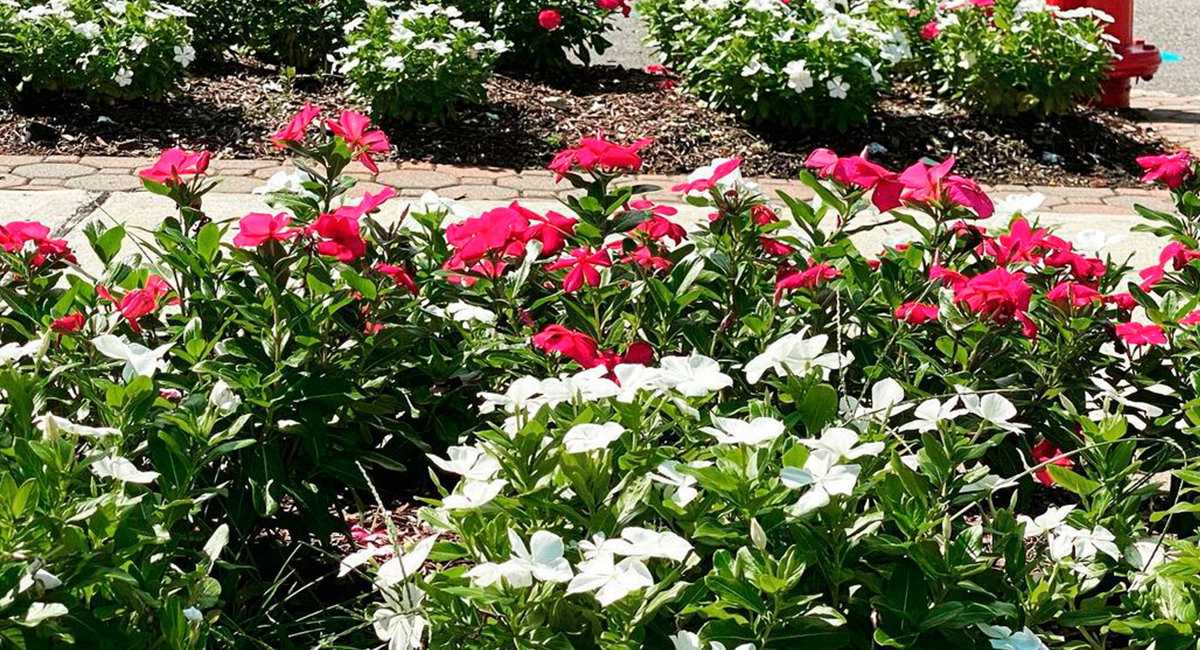Planting perennials is an exciting endeavor for any gardening enthusiast, but the timing of this task plays a crucial role in ensuring their success. The best time to plant perennials largely depends on your climate, soil conditions, and the specific types of plants you’re working with. Generally, the optimal periods for planting perennials are spring and fall, each offering unique advantages.
Spring is often heralded as the prime season for planting perennials. As the ground warms up and frost recedes, the soil becomes more workable, providing an ideal environment for root establishment. This allows perennials to settle in and develop a strong foundation before the harsh heat of summer arrives. Spring planting also coincides with increased daylight and rainfall, providing newly planted perennials with essential nutrients and moisture. Gardeners can revel in the beauty of blooming flowers during the warmer months, showcasing the rewards of their timely spring planting efforts.
On the other hand, fall presents another excellent opportunity for planting perennials. As temperatures drop, plants shift their focus from top growth to root development. Planting perennials in fall allows them to establish strong root systems during the cooler months, which results in healthier, more robust plants come spring. The softer soil and reduced risk of extreme heat or drought in the fall also contribute to successful planting endeavors. Gardeners who opt for fall planting can enjoy the anticipation of a colorful and thriving garden once spring arrives.
In conclusion, the best time to plant perennials is a strategic decision that depends on various factors. While both spring and fall offer advantages, it’s essential to consider your local climate and the specific needs of the perennials you’re working with. Whether you choose the rejuvenating vibes of spring or the preparatory aura of fall, careful planning and timely planting will set the stage for a flourishing perennial garden that brings joy and beauty year after year.




